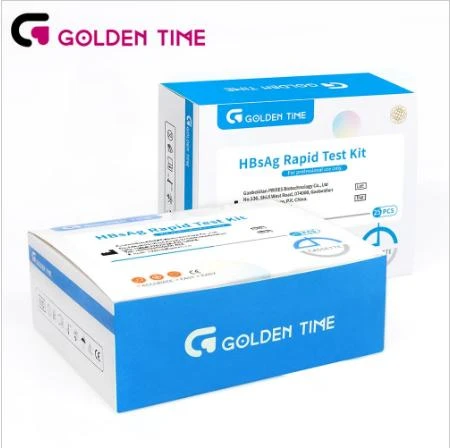Dec . 24, 2024 04:40 Back to list
Effective Home Ovulation Test Strips for Accurate Fertility Tracking
Understanding At-Home Ovulation Test Strips
In recent years, many couples looking to conceive have turned to at-home ovulation test strips as a convenient and effective tool for tracking fertility. These tests provide a simple way to determine when a woman is most fertile, thus increasing the likelihood of conception. Understanding how these test strips work, their advantages, and their limitations can help individuals make informed decisions about their reproductive health.
How Do Ovulation Test Strips Work?
At-home ovulation test strips measure the levels of luteinizing hormone (LH) in a woman's urine. LH is a hormone that triggers ovulation, typically surging about 24 to 36 hours before an egg is released from the ovaries. By detecting this surge in LH, the test can help predict the optimal time for intercourse for couples trying to conceive. Each test strip includes a test line and a control line. If the test line is darker or as dark as the control line, it indicates a positive result, meaning ovulation is likely to occur soon.
Advantages of Using Ovulation Test Strips
1. Convenience and Accessibility Ovulation test strips are readily available at pharmacies and online, allowing couples to easily access them without needing a prescription.
2. Cost-Effective Compared to other fertility tracking methods, such as ultrasound monitoring or hormone blood tests, at-home ovulation test strips are relatively inexpensive, making them a popular choice among budget-conscious couples.
3. User-Friendly Most test strips are straightforward to use. Instructions are typically clear, and the testing process is simple—just collect urine and dip the strip or use a midstream test. Results usually appear within a few minutes.
4. Increased Awareness Using these strips can help women gain a better understanding of their menstrual cycle and fertility patterns, promoting greater awareness of their reproductive health.
at home ovulation test strips

Limitations and Considerations
Despite their benefits, at-home ovulation test strips do have some limitations.
1. False Positives/Negatives Factors such as hormonal imbalances, certain medications, and even health conditions can lead to inaccurate results. It’s essential to understand that a positive test doesn’t guarantee ovulation.
2. Timing The timing of when to test is crucial. Testing too early or too late can result in missed opportunities to detect the LH surge. Most test brands recommend starting testing a few days before expected ovulation based on menstrual cycle length.
3. Not a Comprehensive Fertility Assessment While these strips are effective for tracking ovulation, they do not provide a full picture of fertility. Issues such as sperm quality and health, fallopian tube patency, or underlying medical conditions should be considered for comprehensive fertility assessments.
4. Emotional Pressure The process of trying to conceive can be emotionally charged, and tracking ovulation can sometimes create additional stress for couples. It's vital to approach this method with an attitude of patience and understanding.
Conclusion
At-home ovulation test strips are a valuable tool for many couples trying to conceive. By monitoring LH levels, these strips provide a window into a woman's fertile window, enhancing the chances of pregnancy. However, it’s important to recognize their limitations and approach fertility planning holistically. By combining the use of ovulation test strips with other fertility awareness methods and, if necessary, consulting with healthcare professionals, individuals can make well-informed decisions about their reproductive health.
-
Reliable Early Pregnancy Test Kit Supplier - Multi Plastic Cassette Options
NewsJul.30,2025
-
Transferrin Rapid Test Cassette – Reliable Tumor Marker Detection
NewsJul.29,2025
-
Accurate Follicle Stimulating Hormone Test Kit | Rapid Reliable Results
NewsJul.29,2025
-
High Accuracy LH Ovulation Test Kit - Digital Results & Wholesale Options
NewsJul.29,2025
-
HbsAg Blood Rapid Test Kit for Fast & Accurate Hepatitis B Detection
NewsJul.28,2025
-
Sterile Urine Cup for Safe & Easy Collection | High-Quality Specimen Cups
NewsJul.28,2025

